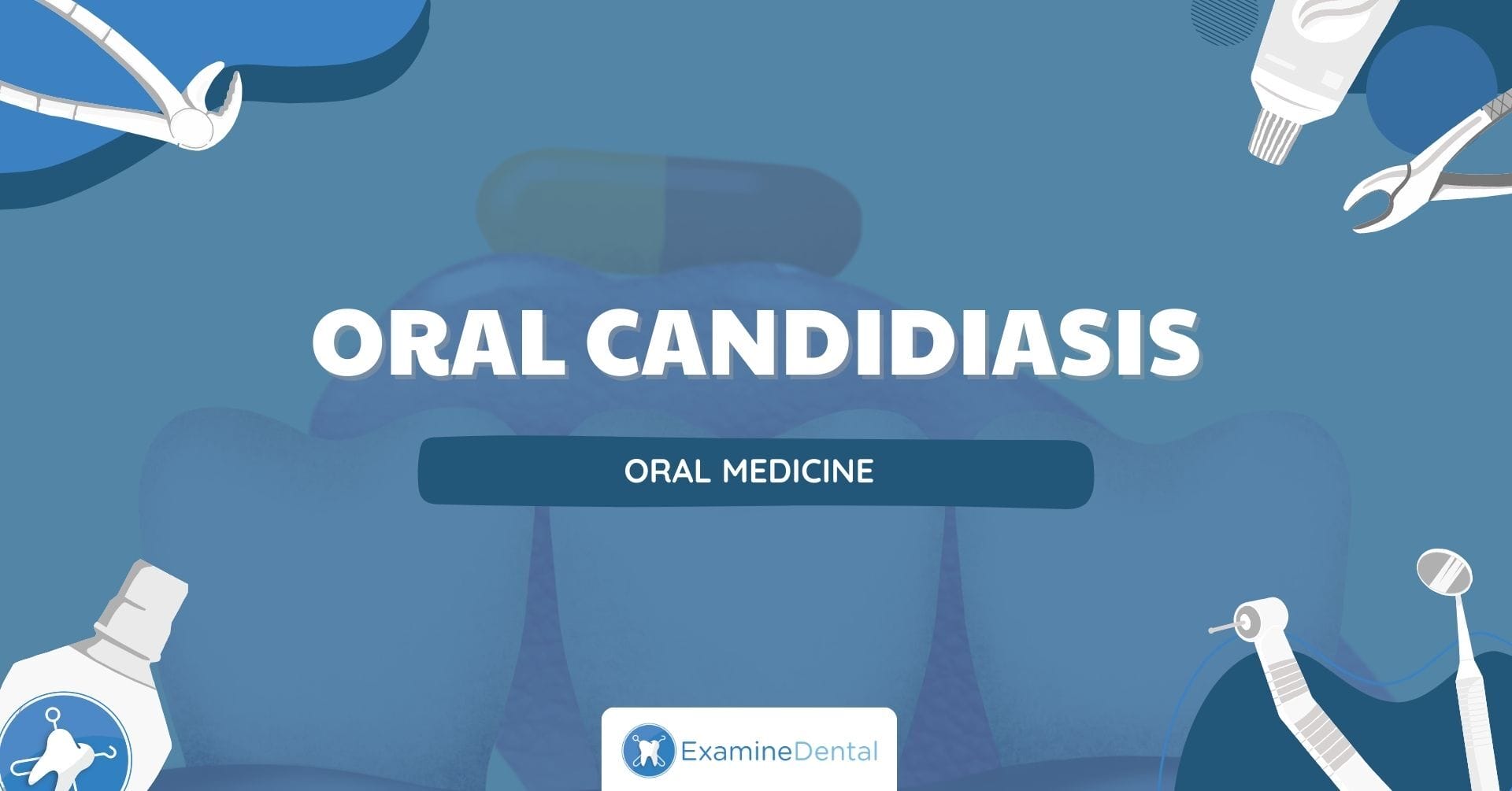
Oral Candidiasis
Contents
ToggleOral Candidiasis
- Last updated September 8, 2025
Objectives
By the end of these revision notes, you should:
What is Oral Candidiasis?
Oral candidiasis is the most common oral infection and is caused by the Candida species. This is an opportunistic pathogen, with the most common being Candida albicans. C. albicans is a dimorphic fungus – this means it is present in both year (blastospore) and filamentous (hyphae) forms.
Candida is present in a normal, healthy oral cavity, however, infections occurs when there is a loss of balance in the microbial environment.
Protective mechanisms against Oral Candidiasis
There are existing mechanisms in place to try and prevent oral candidiasis. There are three main methods that the mouth tries to protect itself.
-
1
Saliva -
This mechanically cleanses as well as containing containing components from the immune systemThis mechanically cleanses as well as containing containing components from the immune system
-
2
Epithelium -
Behaves as physical barrier as well as containing cells from the immune system -
3
Other microbes -
The presence of other microbes, particularly bacteria, creates competition for Candida and prevents overgrowth
Predisposing factors for Oral Candidiasis

🚨 Access Restricted

Subscribe to access ALL revision notes and cheat sheets!
We provide a wide range of revision notes and cheat sheets to help you study and prepare for exams! To access all we have to offer, head over and subscribe to ExamineDental now to supercharge your revision!

